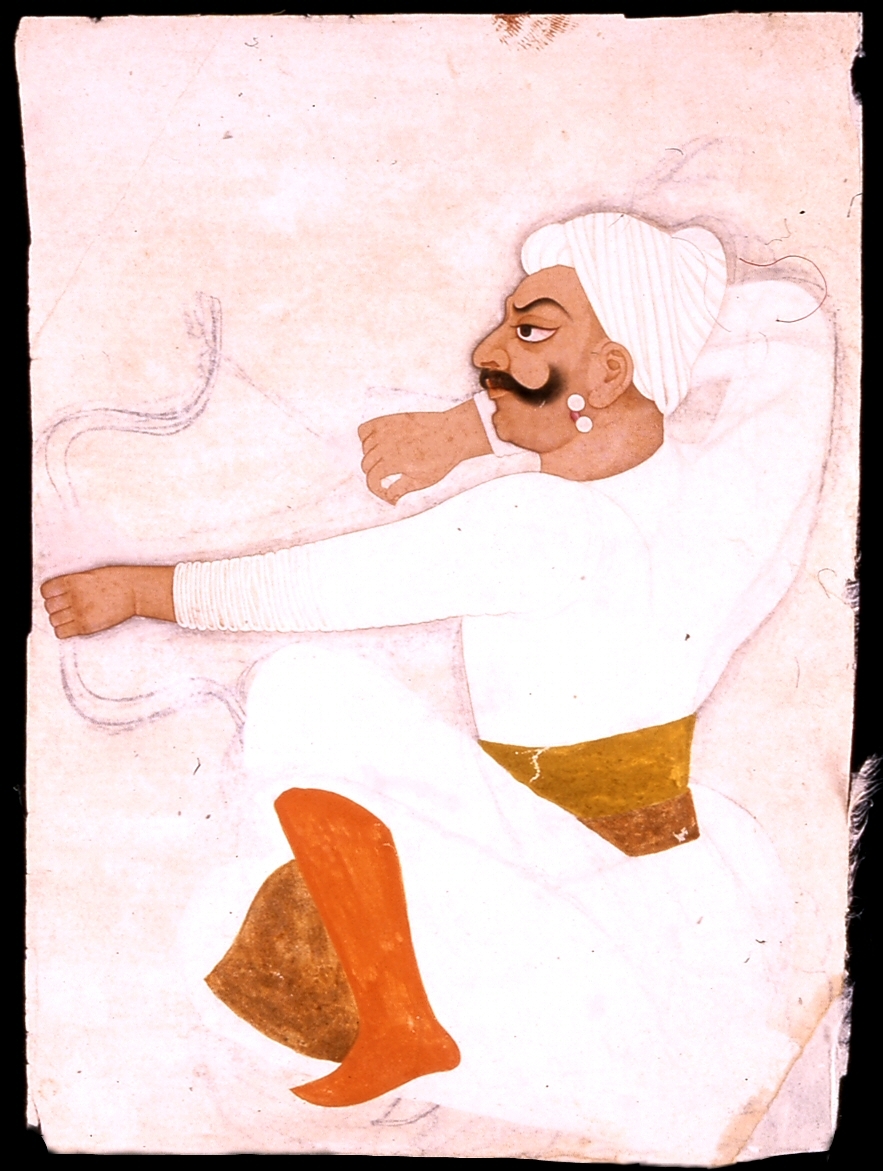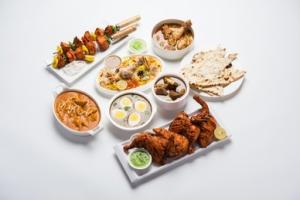In the city of Sawar in Ajmer, Rajasthan has created a dish so full of adventure and daring. Shikaar or hunting has been a royal pastime in India for millennia. Many epic stories and historical events have taken place around the spectacle of the hunt. The Maharaja of Sarwar lorded over the city which was built on the banks of a tributary of the river Banas and he too reveled in this royal passion. The game mostly consisted of water birds, quails, pheasants, deer, or wild boars. The hunting expedition would be well planned in advance. There would be special committees and departments instituted for the purpose. Hunting was a large scale operation and it involved man, animal, and gunpowder in great numbers.

The best hunters and trackers were deployed for the hunt and the hunting grounds often took the place of training grounds for young princes in warfare and governance. Fortunately for Rajputana’s gastronomical history, he originated a dish that combined the action of the hunt with the demands of the palate. Junglee Maans or ‘wild meat’ as the name suggests was the game that was turned into delectable morsels for the hunting party. The regalia of the hunt culminated in the cooking of the meat over a roaring fire at the campsite. Due to the severely reduced circumstances of the campsite in terms of cooking essentials, the meat used to be prepared using only a handful of ingredients.
The meat would be lathered in ghee (clarified butter), salt, and local red chillies and then it would be cooked over an open flame in the jungle for several hours till the meat fell off the bone. This spicy dish would be suitably savored by the entire hunting party. The days of the hunt are long past in the city of Sarwar but the legacy of the junglee maans has remained. The cooking site has shifted from the hunting grounds to the kitchen and it is traditionally prepared in a pan called the lagan. The venison or game has also been replaced with that of goat meat. However, the main ingredients and the cooking technique has remained the same.
The meat is first rubbed with salt and left to tenderize for an hour or so. Then it is cooked in pure ghee and dried red chillies in the lagan over low heat for several hours till the meat has completely imbibed the flavours of the ghee and the chillies. This simple yet flavourful dish is full of character and sharpness. Over the centuries it has adapted to the changing palates and now the spice quotient has been duly managed. The Rajputana cuisine has a lot to offer when it comes to dishes from the hunting site. The famed lal maans (red meat) is one such dish which has its origins in the shikaar camps. The junglee maans is a worthy hi-octane shikaar dish and rightfully deserves its place in the pantheon of Rajputana cuisine.






















